It is often said that organisation roles and responsibilities are the foundation of any successful business no matter how large or small. Employees that understand their roles in a business organisation and see where they fit in the hierarchy of decision-making and authority, are more likely to perform their jobs well and feel secure in what they’re doing.
We would agree with the above statement but go one step further and say that people are the most important assets of an organisation. However an important thing to bear in mind is that due to their importance there needs to be an organisational culture that inculcates and creates an environment that frees the talents of people so that they become a team of people who naturally want to grow through their own personal contributions for the better of the organisation as a whole.
This is how employees become enabled because when they see that their contributions are regarded as important to management’s decision-making process, they feel they are part of the bigger picture and not just a number. Having been a Management Consultant for over 20 years with many different companies I can attest to this.
Where I have achieved the highest levels of success through my own contributions has been in Client projects where the project team understand that the goals of project align with the strategic goals of the Organisation. This because they already know they are part of the bigger picture by being part of an organisational culture and environment that inculcates and creates employee enablement where they feel enabled to contribute.
Therefore, at Synergygrc we have adopted the People-Process-Technology approach as central to our business philosophy. When we engage with Clients as part of our advisory services, we help in the development of sustainable business strategies, goals and objectives for the benefit of both their internal employees and external stakeholders. This contributes tremendously in our journey with the Client as we look deeper into the governance structure and organizational processes.
It is here where we begin to look at the companies processes to ascertain the linkages to the company’s strategies, goals and objectives and how they are disseminated to the processes. We do this by carrying out a Process Gap Analysis that visualizes and maps the processes in place incorporating roles, responsibilities, standards, guidelines and procedural requirements.
In the next post we shall look at the Third Step – Asking the Right Questions
For more information contact us at www.synergygrc.com

Recent Comments